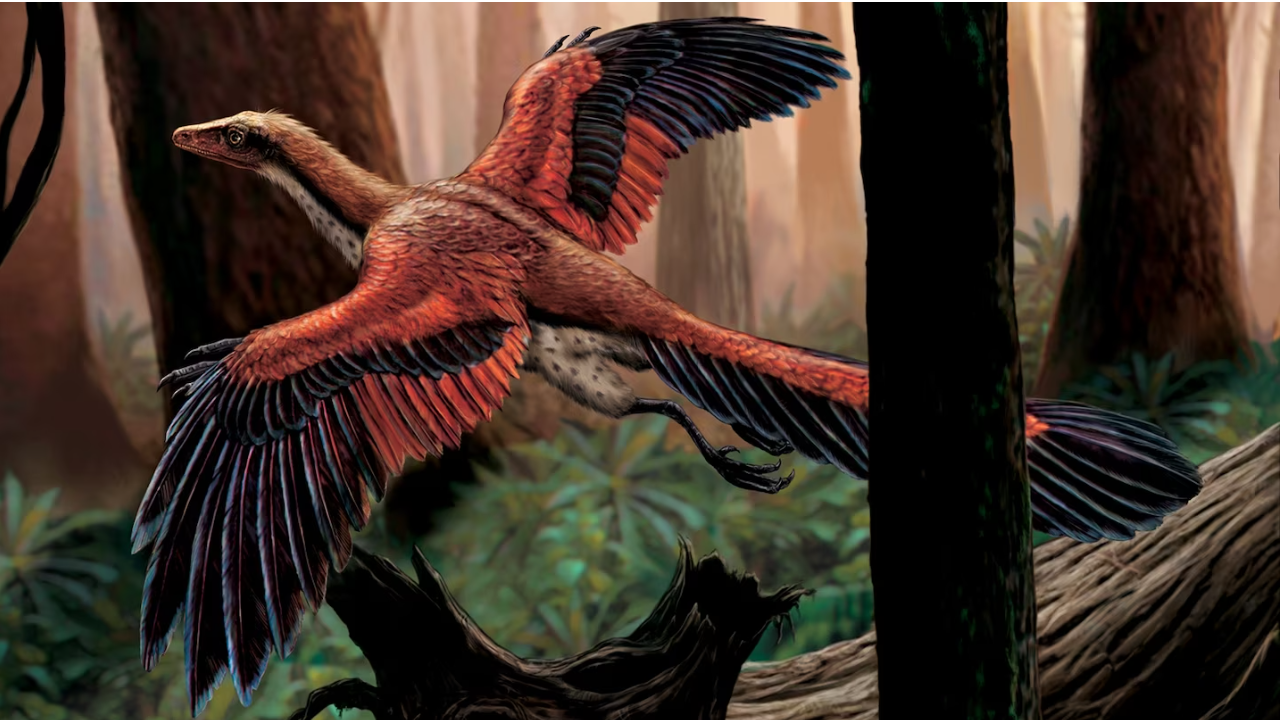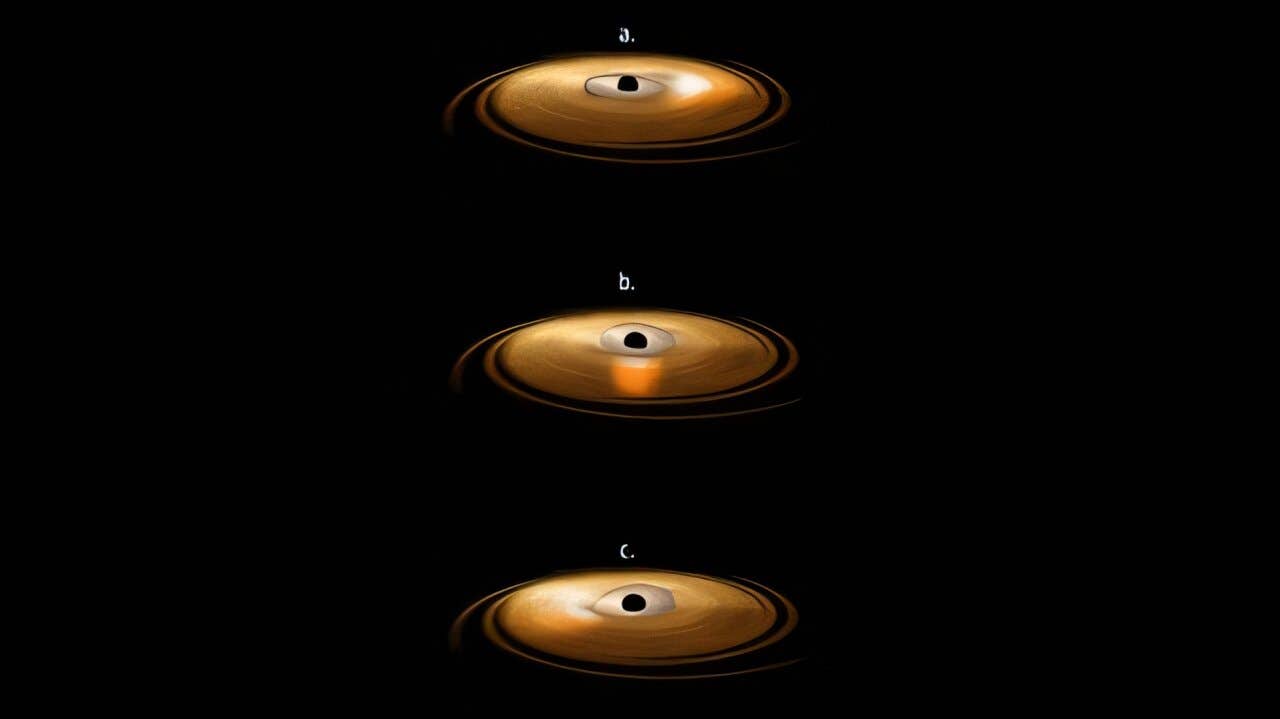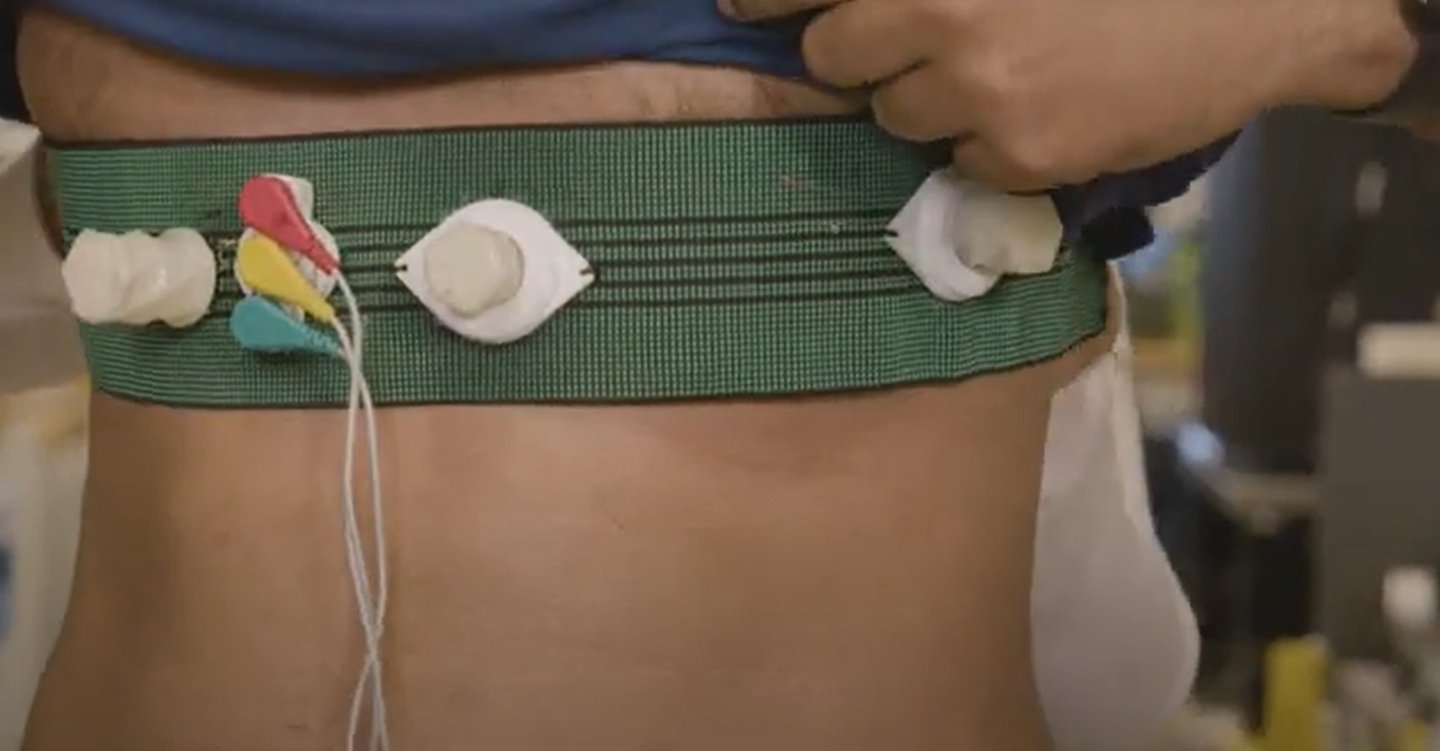Flight feather discovery — and what it reveals about flying dinosaurs
This study bridges the gap between the ancient past and modern avian species, unraveling the complex evolution of feathers and flight.

This study bridges the gap between the ancient past and modern avian species, unraveling the complex evolution of feathers and flight. (CREDIT: Creative Commons)
The evolutionary tale of birds, the only living descendants of dinosaurs, presents a fascinating blend of history, science, and the journey from prehistoric times to the present day.
Recent research published in the journal PNAS sheds light on this journey, particularly focusing on the intriguing aspects of flight in birds and their dinosaur ancestors. This study bridges the gap between the ancient past and modern avian species, unraveling the complex evolution of feathers and flight.
Birds, in their myriad forms, captivate us with their ability to soar through the skies, except for those species like penguins and ostriches that have adapted to life without flight.
The distinction between flightless and flying birds lies not just in their lifestyle but significantly in their physical attributes, such as wings and feathers. This difference has long intrigued scientists, leading to a groundbreaking study that delved into the feather characteristics unique to flying birds.
Related Stories
The study, conducted by a collaboration between Jingmai O’Connor, a paleontologist at the Field Museum in Chicago, and Yosef Kiat, a postdoctoral researcher at the same institution, embarked on an ambitious examination of specimens from 346 bird species across every order.
Their research unveiled that irrespective of the diverse flight styles, all flying birds share a common feature: the presence of 9 to 11 primary feathers on their wings. This discovery, simple yet profound, had surprisingly eluded scientific detection until now.
Kiat expressed his astonishment at this universal trait, highlighting the consistency across the vast spectrum of avian flight. This finding is not just about numbers but hints at the evolutionary stability and slow pace of change in this trait over millions of years. O’Connor emphasized the significance of this slow evolution, indicating that the diversity we observe in modern birds took eons to develop.
The wing, highlighting the flight feathers, of Temminck's Lark. (CREDIT: Yosef Kiat)
The study's scope extended beyond living birds to include 65 fossil specimens from 35 species of feathered dinosaurs and extinct birds. Applying the insights gained from contemporary birds to these ancient specimens allowed the researchers to make educated guesses about the flight capabilities of these prehistoric creatures.
For instance, the dinosaur Caudipteryx, despite having the requisite number of primary feathers, was deemed incapable of flight due to the symmetrical nature of its feathers and wing proportions.
The primary feathers of a penguin. (CREDIT: Yosef Kiat)
This analysis provided a unique perspective on the evolutionary trajectory of flight, suggesting that while some dinosaurs evolved feathers for purposes other than flight, such as insulation or mating displays, the ability to fly might have emerged from these early adaptations.
The findings from this comprehensive study contribute to the ongoing debate about the evolutionary origins of flight in dinosaurs. O’Connor's observation that flight likely evolved only once in dinosaurs underscores the significance of this research in understanding the complexities of evolutionary biology.
Blackburnian Warblers in the collections of the Field Museum used in this study. (CREDIT: Yosef Kiat)
The integration of paleontological data with observations from modern birds offers a rich tapestry of insights into the co-evolution of feathers and flight, underscoring the success of theropod dinosaurs, including birds, as one of the most triumphant vertebrate lineages on Earth.
Kiat's reflections on the study highlight its broader implications for evolutionary science, noting that feathers and plumage represent one of the most remarkable evolutionary innovations among vertebrates.
Fossil showing the wings and feathers of the dinosaur Microraptor. (CREDIT: Yosef Kiat)
By combining data from fossils with knowledge of living birds, the research enhances our understanding of dinosaur evolution, offering a compelling example of how integrating diverse scientific approaches can illuminate the paths of evolution.
This study not only expands our understanding of the biological traits shared by flying birds but also enriches our appreciation of the evolutionary processes that have shaped the natural world. It stands as a testament to the enduring curiosity of scientists seeking to unravel the mysteries of life on Earth, from the tiniest feather to the vast expanse of evolutionary history.
For more science stories check out our New Discoveries section at The Brighter Side of News.
Note: Materials provided above by The Brighter Side of News under a Creative Commons license. Content may be edited for style and length.
Like these kind of feel good stories? Get the Brighter Side of News' newsletter.



